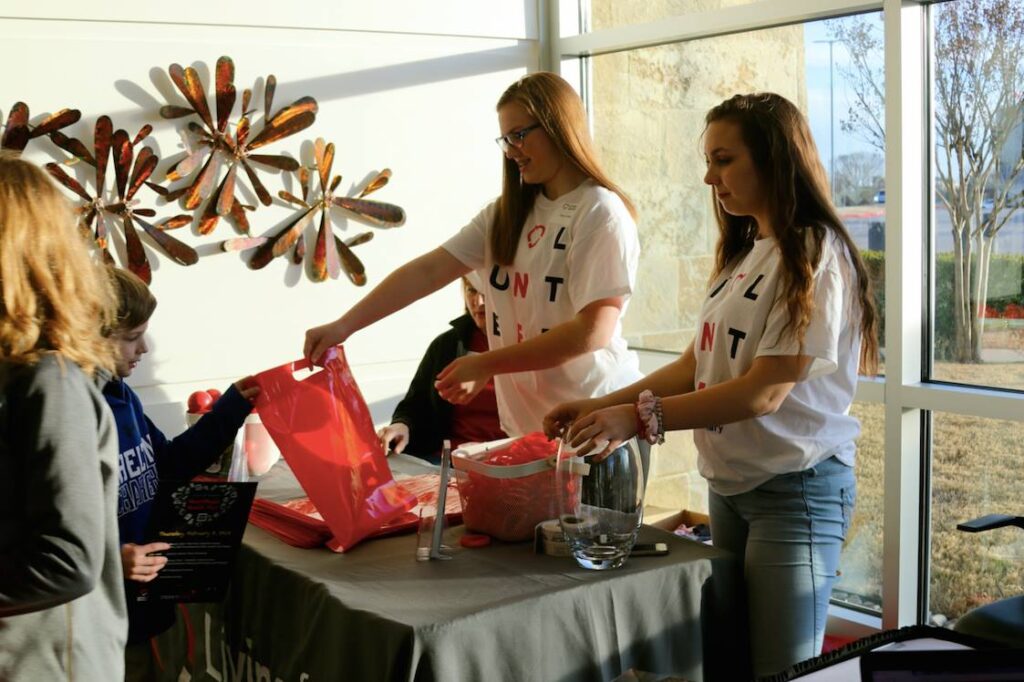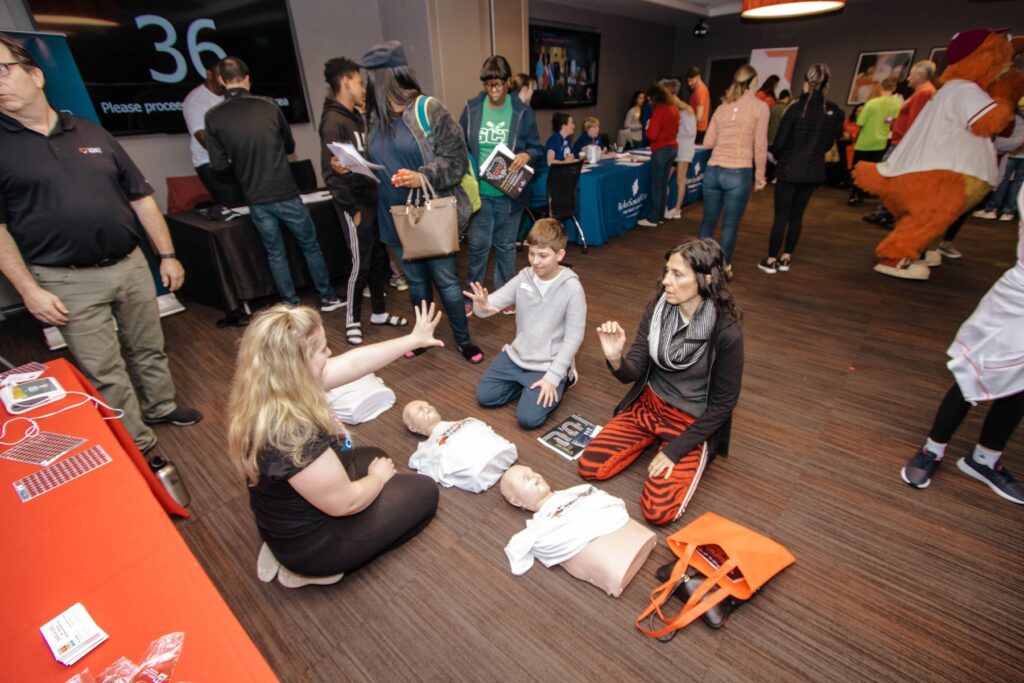When it comes to sudden cardiac arrest (SCA), it can be easy to assume prevention and protection is a one-size-fits-all formula. Unfortunately, with SCA taking the lives of approximately 90% of those who experience it[1], statistics show us this isn’t the case. With an opponent as tough as SCA, it’s important for our communities to take multiple, ongoing steps to help defeat it. By incorporating each component of the HEART Plan into our families and communities, we can work together to attack SCA from multiple angles and save young lives.
What is the HEART Plan?

H – HEART SCREENINGS
In many cases of SCA, underlying heart conditions are a contributing factor. From structural abnormalities to electrical issues within the heart, too often these conditions can go undetected until it’s too late. For many children unknowingly living with these conditions, a yearly check-up simply isn’t enough to identify the problem. It is common for youth who experience SCA to show no signs or symptoms prior to collapse, which is why it is important for every child’s heart to receive an examination that goes beyond the stethoscope.

The Living for Zachary Heart Screening Program utilizes an electrocardiogram, limited 2-D echocardiogram, blood pressure screening, and SCA Risk Health Questionnaire to examine each child’s heart health from multiple angles. It’s important to note that Living for Zachary Heart Screenings are designed to look only for key abnormalities that may lead to SCA. By helping provide early detection of conditions such as Hypertrophic Cardiomyopathy, Brugada Syndrome, and Long Q-T Syndrome, more families are able to receive critical information on their child’s heart and receive treatment long before tragedy strikes.
E – EDUCATION
Perhaps the most important yet often overlooked component in the fight against SCA, education of the general public is vital. While stories of a child lost tragically to SCA will capture the public’s attention and rightfully so, we rarely see media expound further upon the causes of SCA and the prevalence of this issue in our youth. As a result, many families are unaware of the true dangers of SCA for young people and are left uninformed of steps they can take to help protect the hearts they love. Through education provided both online and at community events, Living for Zachary seeks to educate community members of all ages on topics such as:
- Underlying heart conditions that may lead to SCA
- The difference between SCA, heart attacks, and other heart conditions
- Why SCA can strike young, seemingly healthy children
- The importance of CPR training and AED placement
- The role of youth heart screenings in detecting abnormalities

The first step to prevention is awareness, and the more our community is talking about SCA, the better we can become at preventing it.
A – AED PLACEMENT
It’s not a matter of “if” SCA will occur – it’s “when”. Even with education and regular heart screenings, it is an unfortunate fact that these two steps are not always enough to stop SCA in its tracks. Knowing that not all risks of SCA can be detected from heart screenings alone, the importance of making Automated External Defibrillators, or AEDs, readily available to our community cannot be understated.

AEDs have the power to shock a heart back into rhythm after sudden cardiac arrest occurs. Easy to use and able to greatly improve survival chances when used within minutes of collapse[1], AEDs are crucial devices during a sudden cardiac arrest event and can literally give a victim the gift of life when all hope seems lost. By placing more AEDs in public spaces where people congregate in a recognizable and central location, we can give SCA victims a better chance of survival by having this device on hand.
Since 2009, Living for Zachary has donated more than 300 AEDs to youth-based organizations across Texas. Learn more about our AED Donation Program here.
R – RESUSCITATION TRAINING
AEDs are powerful, but only when bystanders are willing to use them! Far too often, those who witness someone collapse due to SCA are afraid to provide assistance for a variety of reasons, leaving victims without aid until medical help arrives.

A 2017 Cleveland Clinic survey found that only 54% of Americans claim to know how to perform CPR[2]. While performing CPR and using an AED consists of just a few simple steps, it can seem daunting to those who don’t see themselves as able to help during an emergency. That’s where CPR/AED certification courses come in as a necessary tool in the fight against SCA. These courses take just a few hours to complete but can leave participants feeling equipped and confident in the use of CPR and AEDs, and most importantly armed with the knowledge that they CAN make a difference. With more community members ready to step in and take action to help a heart in need, the more we can change statistics surrounding SCA survival.
T – TEAMWORK
The fight against SCA isn’t an easy one. While heart screenings, education, AED placement, and resuscitation training can be combined together as a multi-faceted approach to saving lives, it is teamwork that brings these elements to life within our families, schools, neighborhoods, and communities. We each have a role to play in defeating SCA, and every single one of us can create waves that lead to lasting change for young hearts in North Texas.

Whether you provide funds to bring these programs across North Texas, volunteer at an event so that more hearts can be reached, bring your child to their first heart screening, or start the SCA conversation with friends and family, you are helping to create a brighter, healthier community for generations to come.
How will you incorporate the HEART Plan into your life today?



